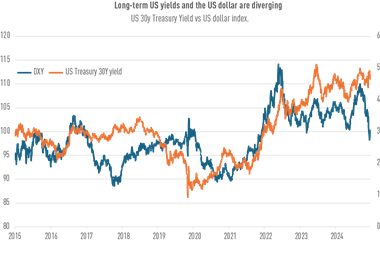The Ministry of Health, Labor and Welfare announced in its annual survey that an increasing number of corporations are closing their defined contribution pension plans. The final total for the fiscal year exceeded the previous year’s total, with over 30 companies closing their schemes. Companies are abandoning the system due to a deteriorating business environment, and terminations have remained on the increase. The total exits since the system was initiated in October 2001 stands at 161.
The Defined Contribution Pension Act envisions a withdrawal from the pension contract if (1) the withdrawal is approved by the ministry; (2) conditions for the contract are violated, such as bankruptcy; or (3) the contract is cancelled by the ministry. Normally the company must first gain the agreement of its labor unions or workers and then present its reasons and application for leaving the system to the ministry, after which the ministry responds. However, the reasons are left to the company’s judgment, so the ministry does not have a clear idea as to how many firms are leaving the system because of bad business or bankruptcy.
For the firms that have left the system, the most frequent reason offered was the total loss of social insurance, which accounted for one-third of the total. Companies could lose their social insurance if the collapse of business stripped all employees of their qualifications for the program. In fact, three companies left the system because they are applying for court protection from creditors under the Civil Rehabilitation Law.
The ministry also found three cases connected with an erosion in business conditions and a change in retirement benefit schemes, while two firms quit because they were entering a comprehensive plan covering multiple companies. Four cases were due to corporate restructuring such as mergers. Terminations due to a restructuring of the pension scheme itself appears to have been limited.
By year, the cancellation of defined contribution pension plans peaked at 57 firms in FY05. The number slid to around one-third of this level in FY06 and FY07, helped by the upturn in the economy. With the drastic downturn in the business climate since FY08, the numbers have doubled over FY06 levels.
source: Nenkin Joho (R&I)














No comments yet